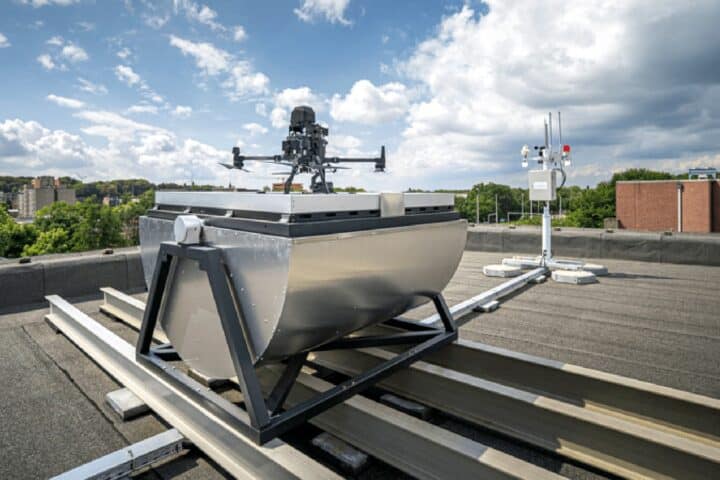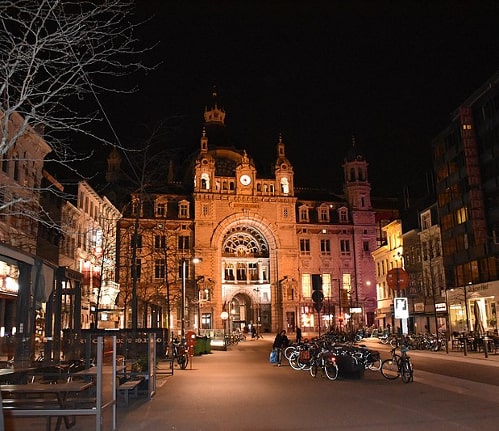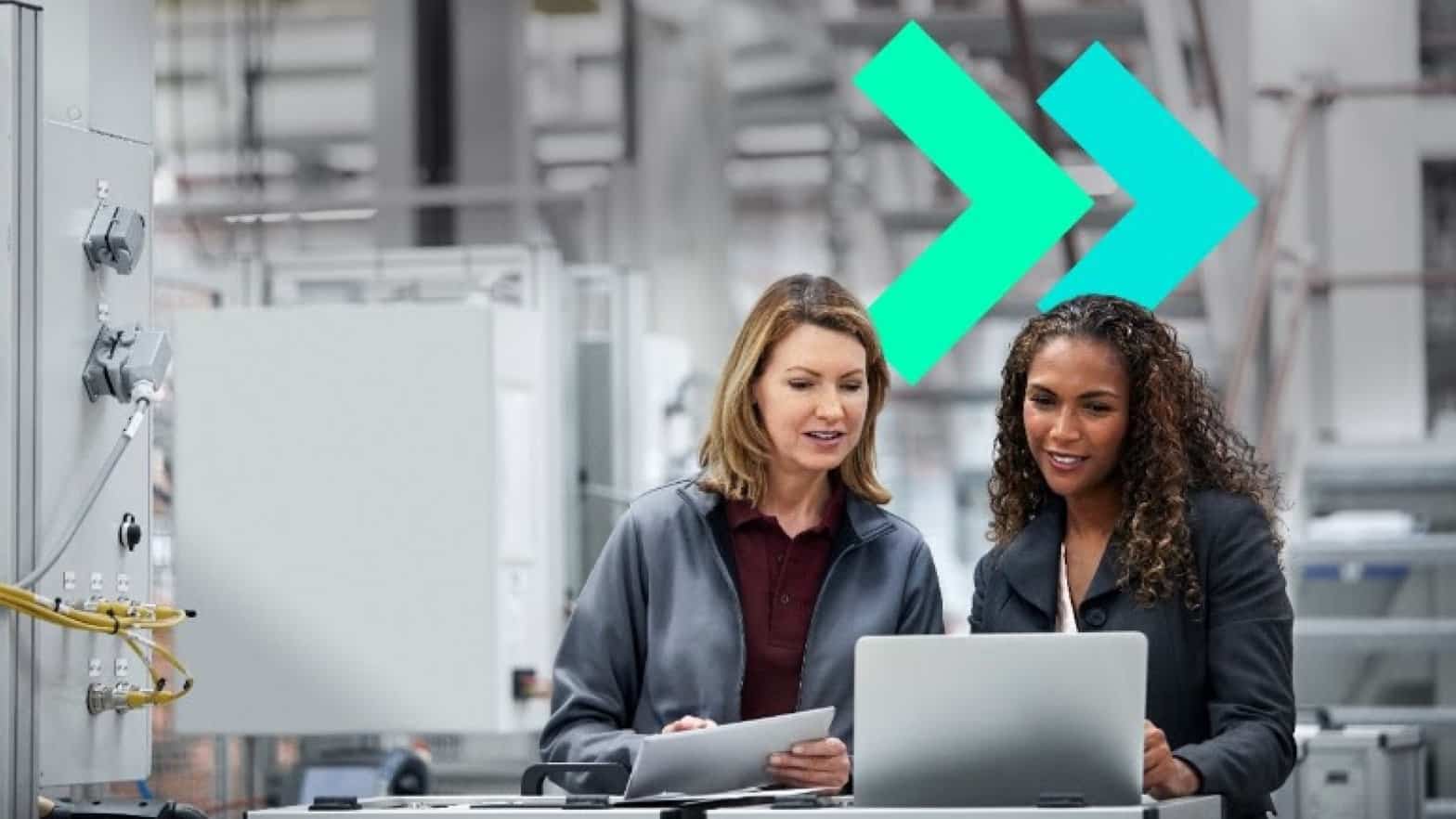In the latest breakthrough in sustainable plastic production, a team led by the University of Liège has devised an innovative method leveraging CO2 to develop eco friendly plastics. Published under the title “Capture or reuse CO2 as a chemical source for the production of lasting plastics,” this pioneering technique aims to revolutionize the landscape of plastic manufacturing. Commodity plastics, ubiquitous in various sectors such as construction, automotive, apparel, and food packaging, pose significant recycling challenges despite their indispensable role in modern life. Christophe Detrembleur, a leading chemist at the University of Liège’s Center for Education and Research on Macromolecules (CERM), underscores the pressing need for environmentally responsible alternatives to mitigate resource depletion and environmental impact. The new approach, championed by researchers from multiple universities, utilizes CO2 as a raw material for producing versatile plastic monomers. These monomers enable the creation of plastics with diverse properties, offering unprecedented flexibility and recyclability. Thomas Habets, a doctoral student at CERM and the primary author of the study, highlights the structural resilience and recyclability of these innovative plastics, marking a significant stride towards sustainable material solutions.

Innovative CO2 Utilization in Polyurethane Production: Towards eco friendly plastics
A new technique for developing green plastics using CO2 has been developed by a team led by the University of Liège.
CO2 is used in the polyurethane production process to produce novel kinds of plastics that are simple to recycle.
The goal of the solution, which was published in the article” Capture or reuse CO2 as a chemical source for the production of lasting plastics,” is to make it easier to create plastic that is completely green.
Addressing the Plastic Predicament: Towards Responsible Plastics for Diverse Industries
Different industries, including construction, clothing, vehicles, and food packaging, use commodity plastics. In 2019, it was estimated that they are used globally at a rate of about 460 million tons, changing our daily lives.
This number is staggering, but not surprising, according to Christophe Detrembleur, a chemist at the University of Liège’s Center for Education and Research on Macromolecules ( CERM ). Plastics, also known as synthetic polymers, have achieved great success because of their unmistakable qualities: they are lightweight, affordable, and incredibly adaptable.
However, the fact that they are challenging to recycle—or yet impossible—in the case of thermosets has serious repercussions.
Because recycling them is difficult, the geological resources used in manufacturing are depleted.
As a result, responsible plastics need to be created.
Revolutionizing Polyurethane Production: Harnessing CO2 for Environmentally Friendly Plastics
A new method for creating environmentally friendly polyurethane plastics was developed by researchers from the Universities of Liège, Mons, and Basque Country.
The unique feature of this approach is the use of CO2 as a natural material for the production of the building blocks, or monomers, needed to manufacture these new products, according to Thomas Habets, doctoral student at CERM and the article’s first author.
” From extremely malleable elastomers like silicones to more rigorous materials like polystyrene, the structure of the monomers can be easily modified, making it possible to produce plastics with a wide range of properties.”
The chemical compositions of the plastics resemble a three-dimensional network. They are more resilient than plastics made of long molecular chains due to their structure.
These environmentally friendly plastics have brand-new, active chemical bonds that can be changed by chemical bond exchanges in a mild reaction environment.
What benefits does the innovative technology offer?
The method’s benefit is that it provides a variety of recycling options at the end of life. Additionally, it can change the variety of properties that are available.
According to Habets,” These fresh plastics can be recycled in a variety of ways, including heating them, reshaping them to create composite materials with fresh properties, or breaking them down into their basic monomers, which is perfect for eliminating additives like dyes or recycling composites.













